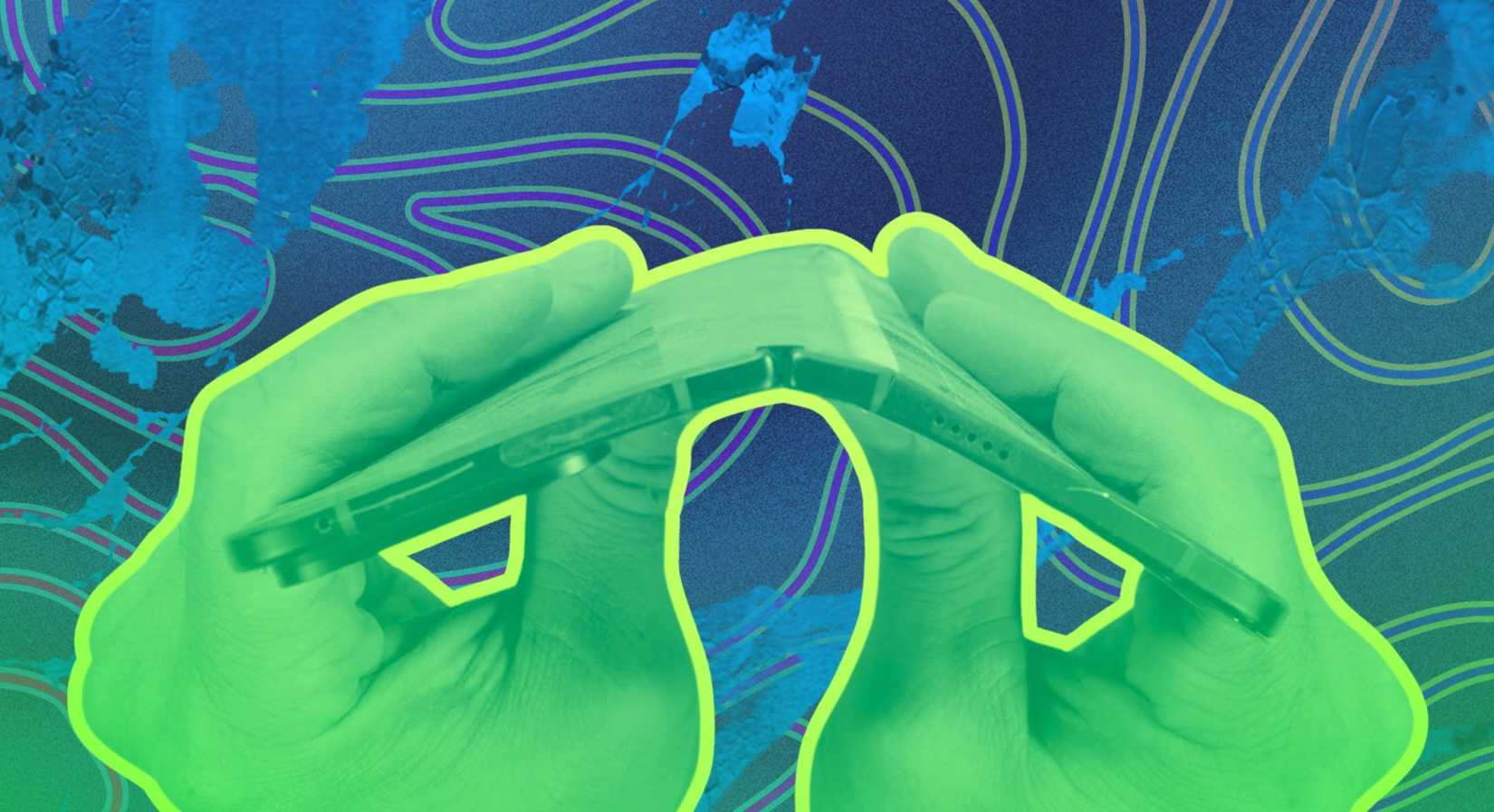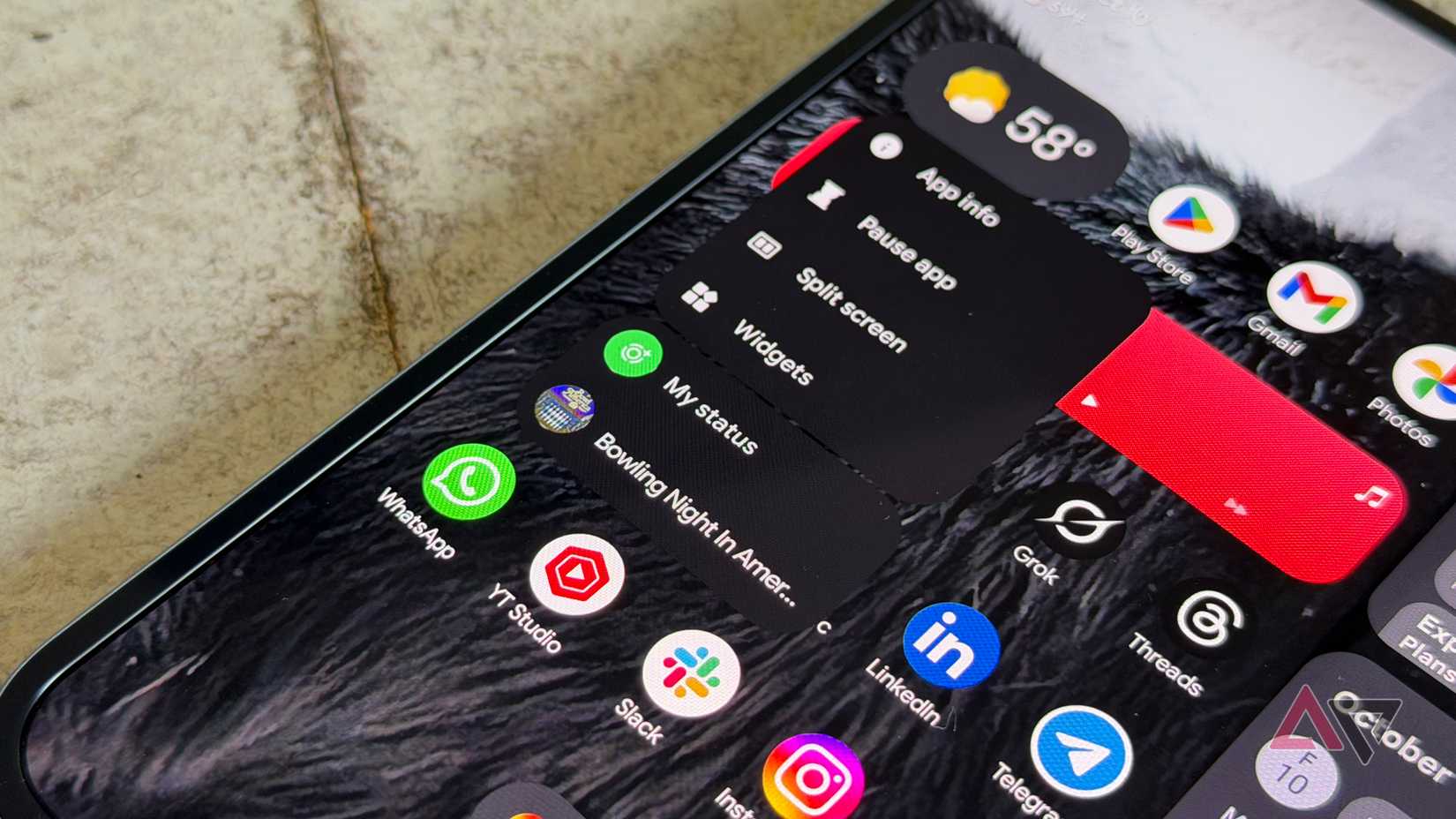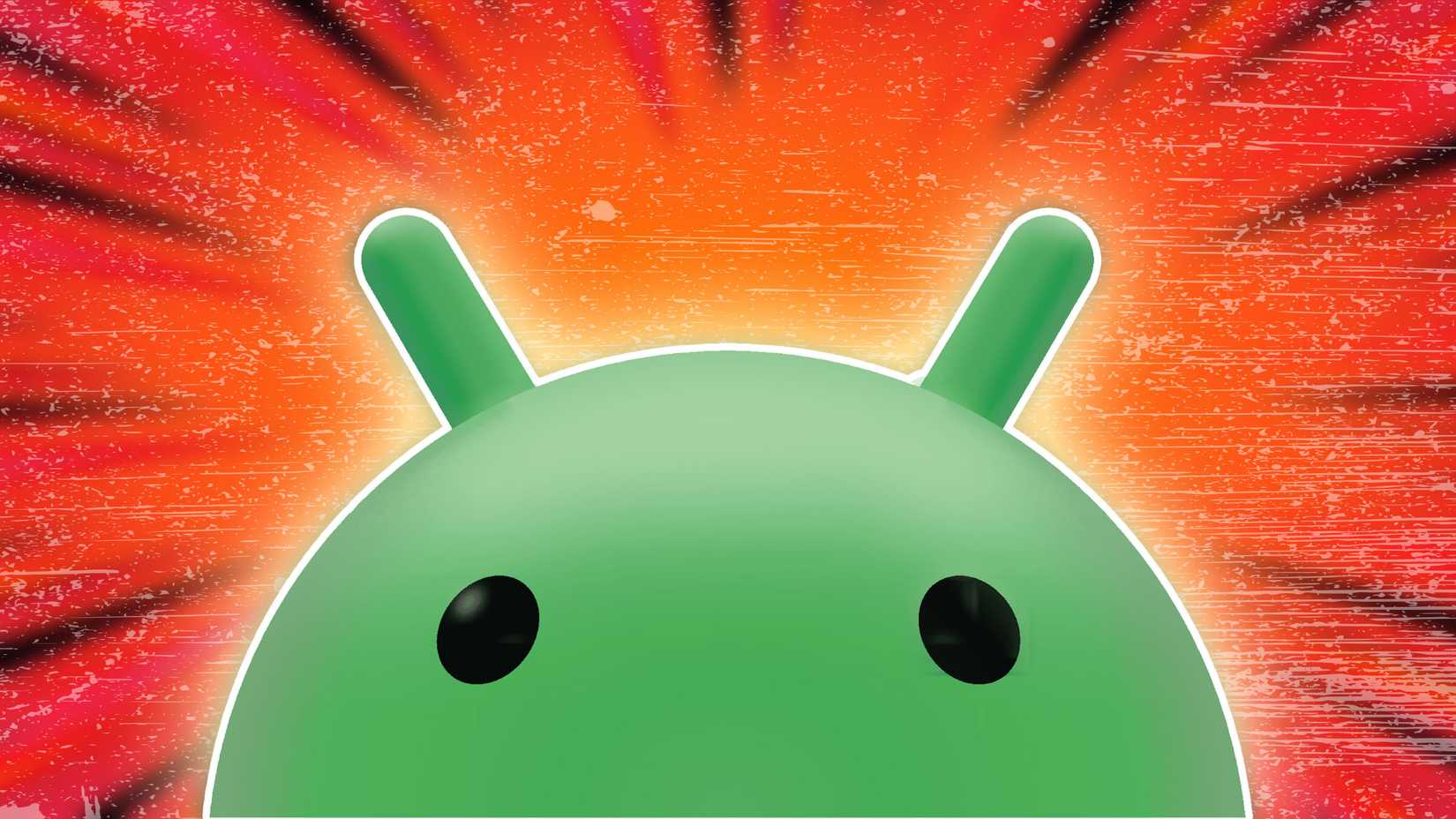Remember the sound of the first-generation foldable. Go back to 2019. It was a rough, gravelly crunch.
I had the original Samsung Galaxy Fold, and the single word I associated with it was fear. I was concerned.
The screens felt like plastic wrapping paper. It was a film that could be peeled off. The hinges had wide gaps that seemed to invite pocket lint to come in and murder your $2,000 investment.
Now, cut to today. I have the Galaxy Z Fold 7 on my desk. Durability, once the punchline of the category, is now irrelevant.
We have Armor Aluminum frames, and the screens can withstand over 500,000 folds. The hardware engineers won. They solved the problem.
So why does using one feel empty? Because they got the hardware right and the software wrong. The hardware is ready for the future. The software is still in the past.
The hardware evolution that ended the jokes
The progress is undeniable. Samsung’s engineers and their competitors turned foldables into sturdy, everyday devices.
The hinge was the main challenge. The original hinge was a liability. Today it’s the Armor FlexHinge. The new design feels solid, refined, and built to survive years of daily folds without complaint.
Then there’s the glass. Ultra Thin Glass (UTG) sounds like a marketing oxymoron, but it’s the real deal. The first-gen plastic was a disaster.
Today’s screens are thicker and made of actual, bendable glass. And that crease? The visual flaw we all obsessed over? It’s almost invisible on the latest models.
It’s still there if you go looking for it in harsh light, but it’s no longer the first, or even third, thing you notice. The beta test is over. The hardware problem is solved.
When apps refuse to unfold with you
This is the core of the critique. You open your marvel of engineering, tap your favorite app, and nothing.
The app doesn’t transform. It doesn’t present a new two-pane layout. It doesn’t reveal new features. It just stretches.
This is a betrayal of the value proposition. Users are paying a 100% price premium for what is, in many key apps, a 0% software improvement.
But what about multitasking? That’s the first defense you’ll hear. And yes, Samsung’s implementation is capable.
The PC-like taskbar is a nice-to-have. But it’s not compelling. It’s not an intuitive, new way of using a phone. It’s something you can do, not something you want to do.
Samsung’s One UI is arguably the best Android skin for foldables because the competition is that bad.
Look at the Pixel Fold. Setting up two apps in split screen requires multiple taps instead of a simple gesture unless every pairing is pre-saved.
But the entire debate about multi-window is a red herring. The real failure is the single-app experience. You shouldn’t need to run three apps side by side to justify the screen.
Why don’t developers bother with foldables?
It’s the classic chicken-and-egg problem.
Developers won’t dedicate resources to building beautiful, adaptive layouts for a small (but growing) audience. But the audience won’t grow until the apps are genuinely useful.
The real reason developers complain about foldables is the state transition problem.
When you unfold your phone, the screen suddenly changes size and shape. Android tries to adjust automatically by restarting the app so it fits the new layout.
But that restart can wipe off what you were doing — like losing your place mid-scroll or breaking the navigation entirely.
To prevent that, developers have to do a lot of extra coding to make sure the app remembers everything it was doing during the transition.
It’s tricky, time-consuming work for a small group of users. So, it’s not that developers don’t care. It’s that they’re just not willing to rebuild their entire app for a niche market.
Big names like Samsung, Microsoft, and Google have optimized apps that handle the issue. But they’re the exception, not the rule.
Most apps still treat foldables as an afterthought. Smaller dev teams simply don’t have the time or resources to rebuild everything for a niche device category.
Interestingly, flip phones handle this better. Their outer screens are designed mainly for widgets and quick glances, not full apps.
Google is finally forcing developers to care
This hardware-software disconnect creates a user-experience consequence. Users are ignoring the feature they paid extra for and using the cover screen.
Google spent years asking developers to play nice. Now, Google is done asking. With Android 16, Google pulled the sledgehammer.
The policy states that for apps targeting SDK 36, any manifest attributes that restrict orientation or resizability will be ignored on large screens.
This is Google declaring war on lazy, portrait-only apps. Android will ignore any code that tries to lock the app’s layout or block resizing.
The app will automatically stretch or adjust to fit whatever screen it’s on, whether the developer likes it or not.
While it’s a step in the right direction, it’s only part of the fix. There’s still more work to do before apps truly feel native on foldable phones.




